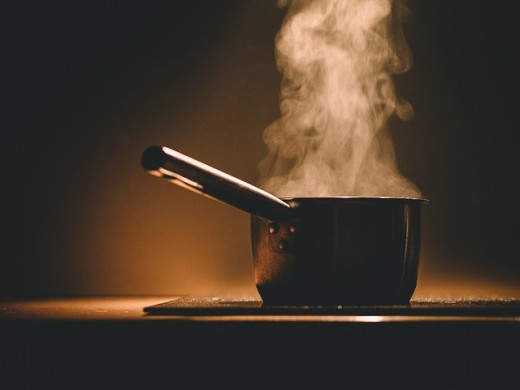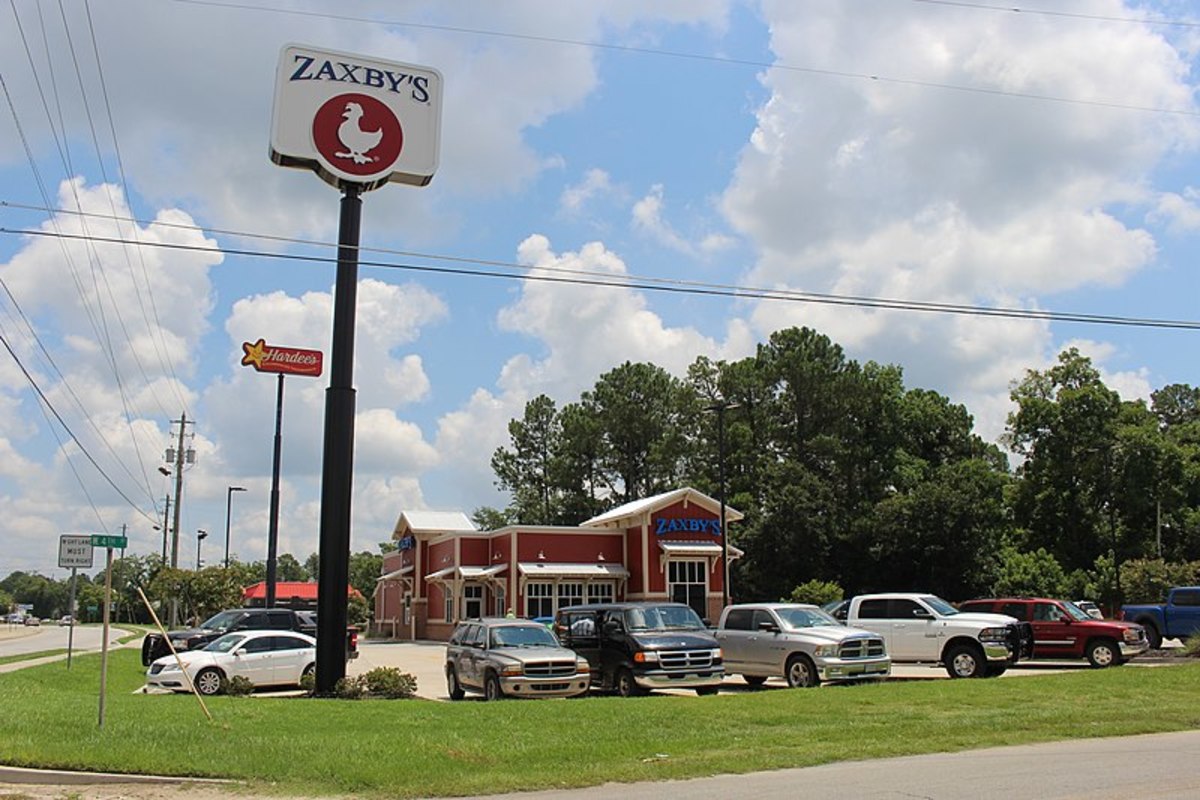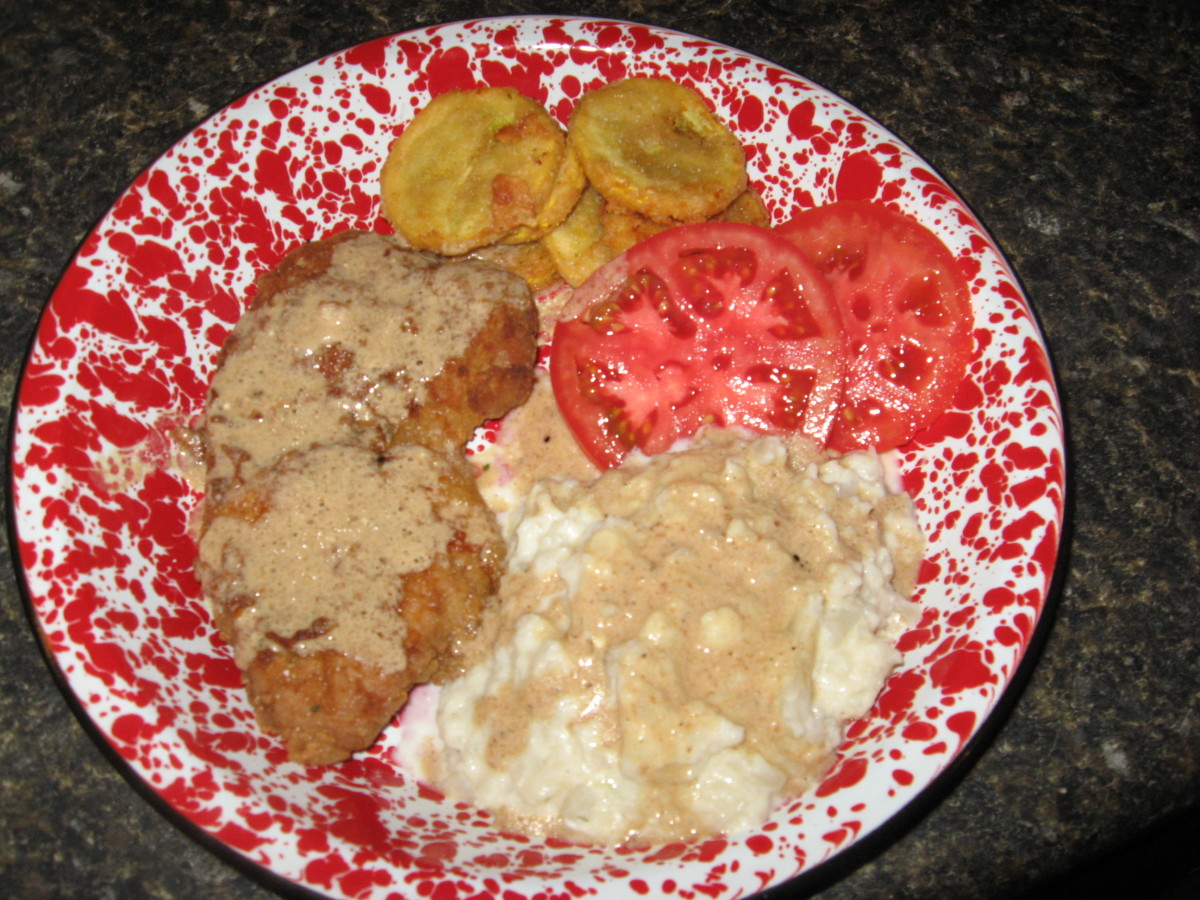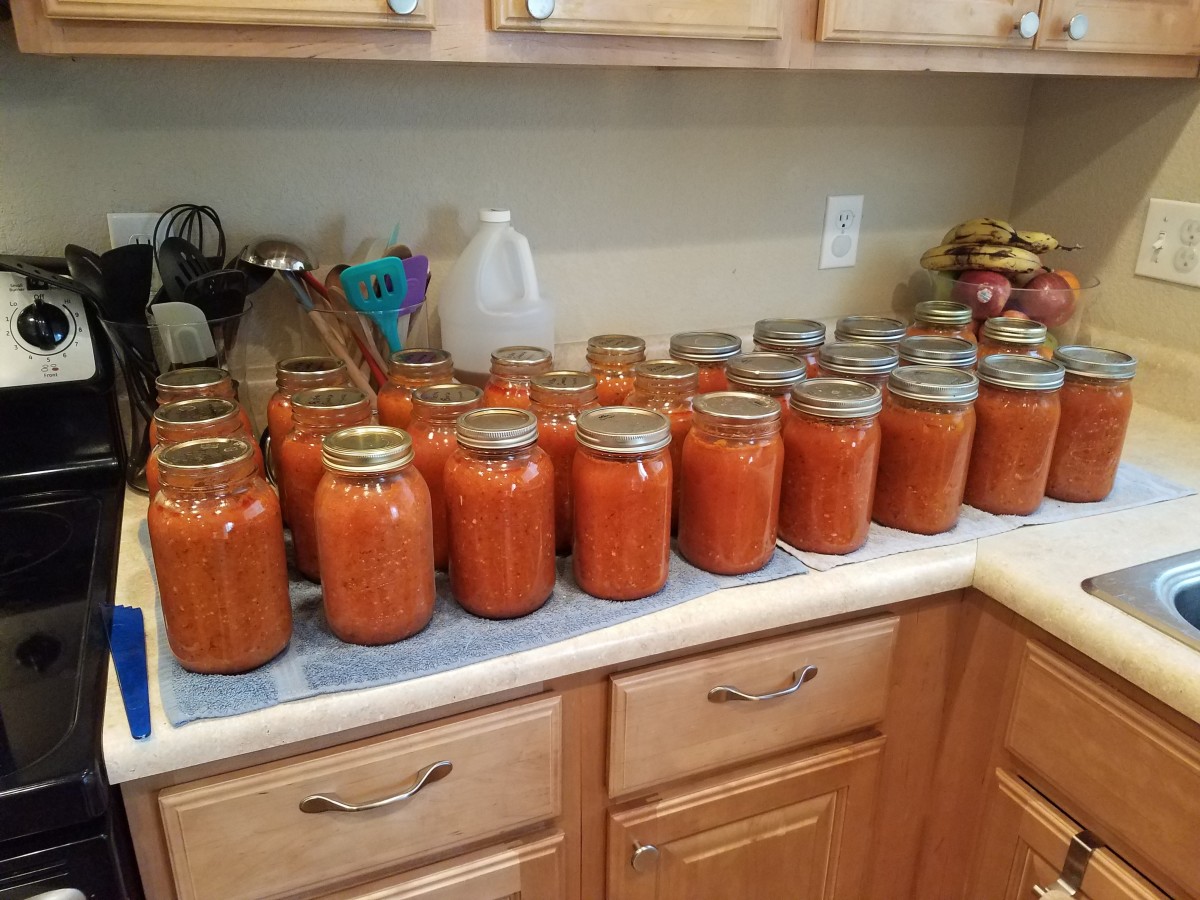The Hospitality Guru (cooking) Back to Basics: Hot Sauces

BASIC HOT SAUCES
Hot sauces are produced from basic hot liquids that are mostly thickened.
There are three basic hot sauces which are most commonly used in the kitchen. They are demi-glaze, béchamel and veloute.
- A demi-glace, (half glace) is a basic white sauce consisting of stock, blond roux and seasoning. Chicken and fish are the two main variations of veloute. Other variations include vegetable, mutton and veal.
Characteristics of a quality hot sauce.
To produce a quality basic hot sauce, you will need to pay careful attention to the following:
Flavour
- Flavour is of utmost importance. In the majority of cases, a basic sauce must have a complexity of flavours. However, no one flavour should dominate the sauce, as this, in turn, would dominate the flavour of derivative sauces produced from it.
Colour
- The colour of a basic hot sauce will vary from white (as in béchamel) to rich brown (as in demi-glace). However, the key factor is that the colour must be appropriate to the sauce being made.
Gloss
- Basic hot sauces which have been produced by the process of reduction should have a high gloss due to the concentration of natural gelatine. This glass is highlighted by the clarity of the sauce, so the sauce must not contain any impurities.
To obtain a clear shiny sauce, the sauce must be skimmed frequently to remove impurities.
Faults in basic hot sauce production
A skilful chef will consistently produce a flavoursome, glassy sauce of correct consistency and colour. However, a sauce will not always turn out perfectly. There are many reasons why a sauce may be faulty. The table below lists common faults which occur in sauce-making, the likely causes and how they can be remedied.








